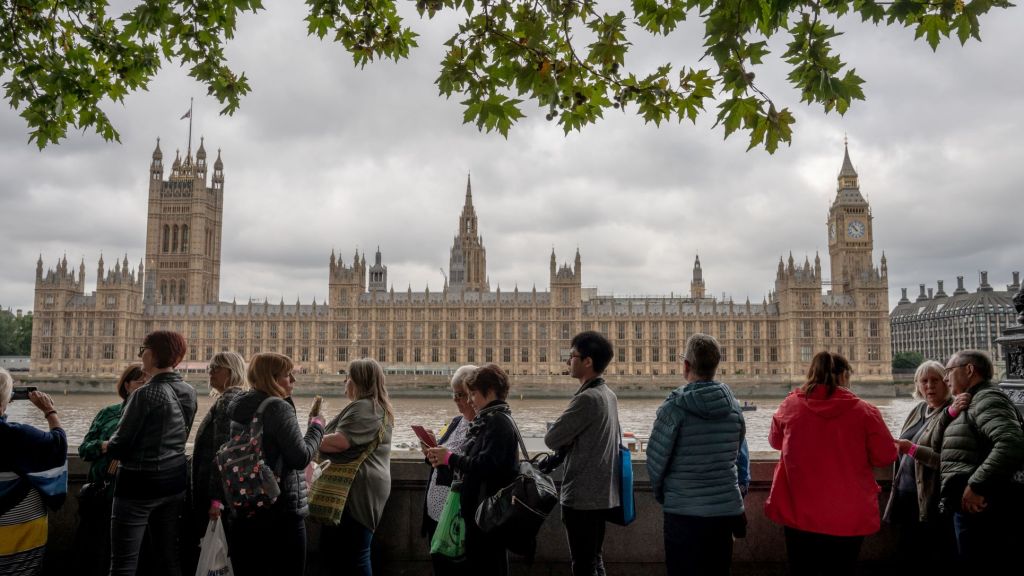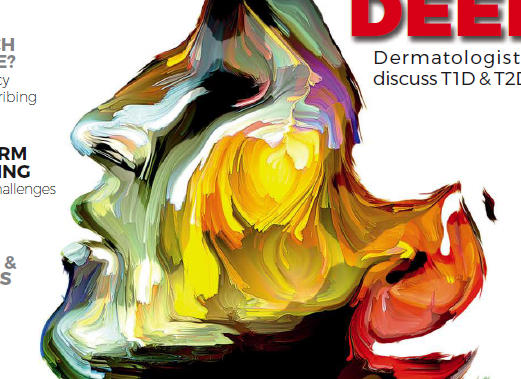
Dr Fauci trying to concentrate on reality
Once upon a time, getting caught in a lie, especially a hand-in-the-cookie-jar one, carried consequences. Shame, maybe a grovelling apology. A promise to do better next time.
That was so yesterday, you honest fools.
Trump hasn’t so much blurred the line between truth and fiction as bulldoze it and build a golf course on top. Over 30,000 false or misleading statements during his first term (yes, someone actually counted) and now the past 100 days have seen him aiming ever higher to break his own record. He certainly gets things done. No one has time to count any more—it’s like playing whack-a-mole with a limp carrot for a mallet.
In 2025, confabulation looks less like a Korsakoff symptom and more like a leadership style. White lies are the new black: audacious, applause-worthy and good for business—okay that last one may turn out to be a lie.
Even Australia has seen a cultural mood shift. Lying isn’t just more common; it’s less embarrassing. Why feel ashamed about a porky, when you can instead label it your version of events?
It’s one thing for politicians to spin reality into fairy floss. But when this slippery relationship with the truth trickles into the GP consultation room, things can get…complicated.
Because unlike politics, general practice still has some inconvenient expectations—like evidence, accuracy and, every now and then, reality. Turmeric won’t cure diabetes, nor will UV light fix COVID, no matter how many influencers (or Presidents) say so. Whack that mole.
Truth-bending is all relative, of course. We’re all used to patients who, shall we say, reinterpret the situation, like the social drinker who doesn’t count their nightly six-pack. If someone’s chlamydia apparently jumped out at them from a public toilet seat, who are we to argue? Just treat and move on.
Hell, I recall once claiming to my own GP that I finished an antibiotic course, to the point where I almost believed it myself. I took them just after I flossed, so that’s twice daily, right?
Even TV’s Dr House bases his diagnostic technique on the credo “Everybody lies”, and he gets it right by the end of every episode.
However, although to lie is human, I worry Donald and co. are upsizing it into the age of the superhuman. Telling whoppers is no longer a source of shame, but a kind of personal brand.
Patients are increasingly likely to bring false beliefs into consultations: declarations that fly in the face of evidence, delivered with confidence and sometimes links to a fringe naturopath’s blog.
COVID, of course, accelerated the cavalier approach. Suddenly, some of my patients in tracksuit pants became experts on ivermectin and Bill Gates’s plan to sterilise the population via nanoparticles.
But this isn’t just a pandemic hangover—it’s part of a broader erosion of trust in expertise. We’re losing more than facts; we’re losing the shared understanding that facts matter. You can spend years building rapport with a patient, yet your accumulated advice might not survive a podcast.
Not that patients are malicious, so although ‘lying’ describes the upstream information, it is probably too harsh a word by the time it gets to the consultation room. Let’s call it operating in an alternate information ecosystem, where truth is crowdsourced.
In 2025, confabulation looks less like a Korsakoff symptom and more like a leadership style.
What to do?
Finding out the truth isn’t just a philosophical ideal. Facts can be the difference between a diagnosis and a disaster. So, whereas TV doctors rely on one single key phrase uttered just as they’re walking out the door, general practice is more grunt work, sifting through loads of sometimes-conflicting data, not relying entirely on any one statement or investigation result.
Rephrase the question, get the patient back, trial harmless treatments first, approach the truth over time.
Even if society is drifting into a fake-news haze, the GP office can—and should—remain a place where facts still matter. Where saying “I don’t know” is a mark of professionalism, not weakness. And where patients can experience something increasingly rare: someone telling the truth, with no agenda other than their wellbeing.
Strangely, admitting vulnerability can boost credibility. Saying “I’m not sure, but here’s what the best evidence suggests…” is now considered a radical act of intellectual honesty. Take the win.
If a patient makes an outlandish health claim that makes you want to scream BS, try asking instead “Where did you hear that?” Curiosity opens the door; confrontation slams it shut.
Bear in mind that snake oil has always existed, even if these days it has a YouTube channel and Black Friday sale. The wizened hawkers at the village fair have simply made way for gorgeous young things with smooth foreheads.
So choose your battles. If your patient wants to buy a homeopathic rescue remedy for their chakras, maybe let that one go.
My advice in this post-truth world? Tell the truth, every time. Even when it’s uncomfortable. Especially when it’s uncomfortable. In a world drowning in misinformation, medical integrity stands out more than ever.
And if a patient confronts you with a wacky health conspiracy while you’re finishing off their notes? Raise an eyebrow, calmly keep typing, and secretly message reception to add a 10% tariff.
By Justin Coleman. This article was first published in Australian Doctor, May 2025











